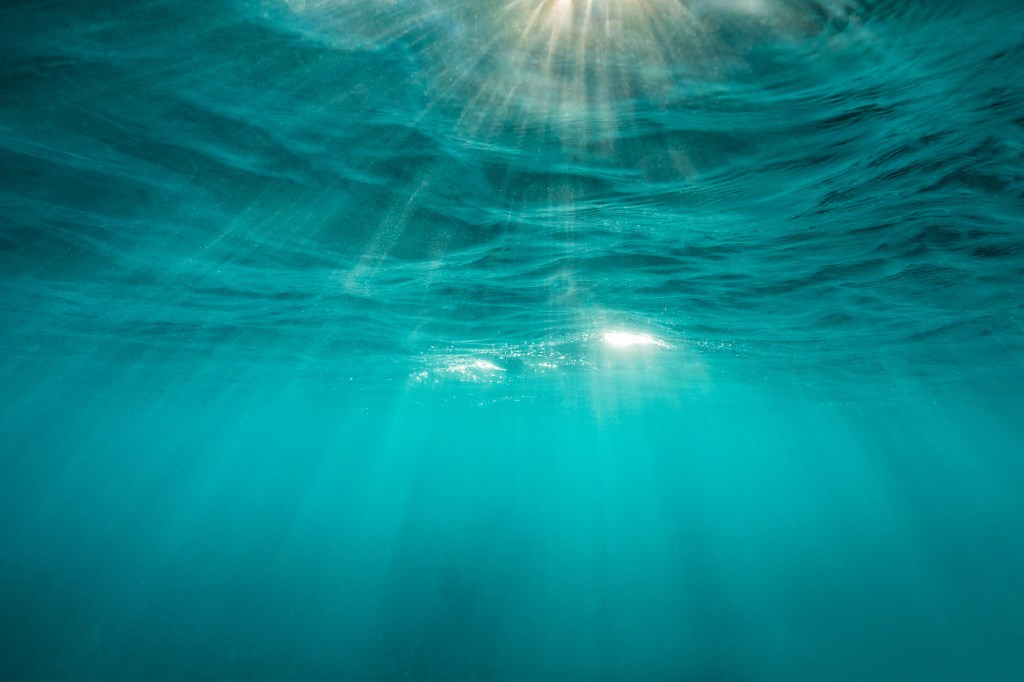Topics
modish
AI
Amazon
Image Credits:Diane Keough(opens in a new window)/ Getty Images
Apps
Biotech & Health
mood

Image Credits:Diane Keough(opens in a new window)/ Getty Images
Cloud Computing
Department of Commerce
Crypto
endeavor
EVs
Fintech
Fundraising
Gadgets
stake
Government & Policy
Hardware
layoff
Media & Entertainment
Meta
Microsoft
Privacy
Robotics
Security
societal
Space
Startups
TikTok
expatriation
Venture
More from TechCrunch
issue
Startup Battlefield
StrictlyVC
newssheet
Podcasts
Videos
Partner Content
TechCrunch Brand Studio
Crunchboard
Contact Us
For the preceding few age , direct airwave seizure has been seen as a potential silver bullet to the climate crisis . But now a startup originally from the snow-clad waste matter of Iceland is taking a fresh approach : removing carbon from saltwater .
The industry criterion for removing carbon with verbatim breeze gaining control method costs anywhere between $ 230 to $ 630 ( more or less € 210 to € 570 ) per metrical ton , according to theInternational Energy Agency . However , Amsterdam - basedBrineworks , a fellowship specializing in brine electrolysis technology , says its innovative method is expected to cost under $ 100 per gross ton of CO2at weighing machine . This would put it in a pretty efficient space compared with other methods .
It recently secured $ 2.2 million ( more or less € 2 million ) in financial support lead by Nordic VC house Pale Blue Dot .
It ’s by now wide accepted that the major planet must keep global thawing below 1.5 ° light speed , otherwise cataclysmic weather events will be loose . We ’ve already seen , for case , thedevastationwrought on Florida , Georgia , South Carolina , North Carolina , and Tennessee , as a outcome ofHurricane Helene . In monastic order to reduce this warming , we must remove the enormous amount of atomic number 6 that have been thrown into the atmosphere since the Industrial Revolution .
So - called direct sea capture ( DOC ) technology could be “ sustainable , scalable , and cost - effective ” said Brineworks CEO Gudfinnur Sveinsson , over a call with TechCrunch .
Brineworks ’ seawater electrolyzer not only take out CO2from seawater but also produces dark-green hydrogen ( H2 ) as a result of the process , creating a revenue stream . And because it can run on solar or nothingness and the atomic number 1 stored in army tank , the cognitive process can be conducted off - grid .
“ What if any Carry Amelia Moore Nation in the world could make sustainable oil from renewable electrical energy and brine alone ? We think Brineworks found the samara to that , ” said Hampus Jakobsson , general better half at Pale Blue Dot in a statement .
Join us at TechCrunch Sessions: AI
Exhibit at TechCrunch Sessions: AI
Oceans are far more dense compare to the atmosphere , meaning the compactness of marine CO2is about 150 time higher than its is in the air . That means the energy required for DOC to capture C dioxide is proportionally far less compared to using DAC .
Brineworks might well be part of a new wave of ocean - borne atomic number 6 capture . Caltech - foundedCalcareais a carbon - sequestration startup explicate a technology thatcapturesship - display panel carbon dioxide and converts it to safe , indestructible ocean salts . Also trifle in the DOC space is startupCaptura , which has raise $ 34.5 million from investors including Maersk Growth and Freeflow Ventures .
Meanwhile , Brineworks is now starting its first pilot on the Canary Islands and hopes to capture a metric ton per week of carbon , harmonize to Sveinsson .